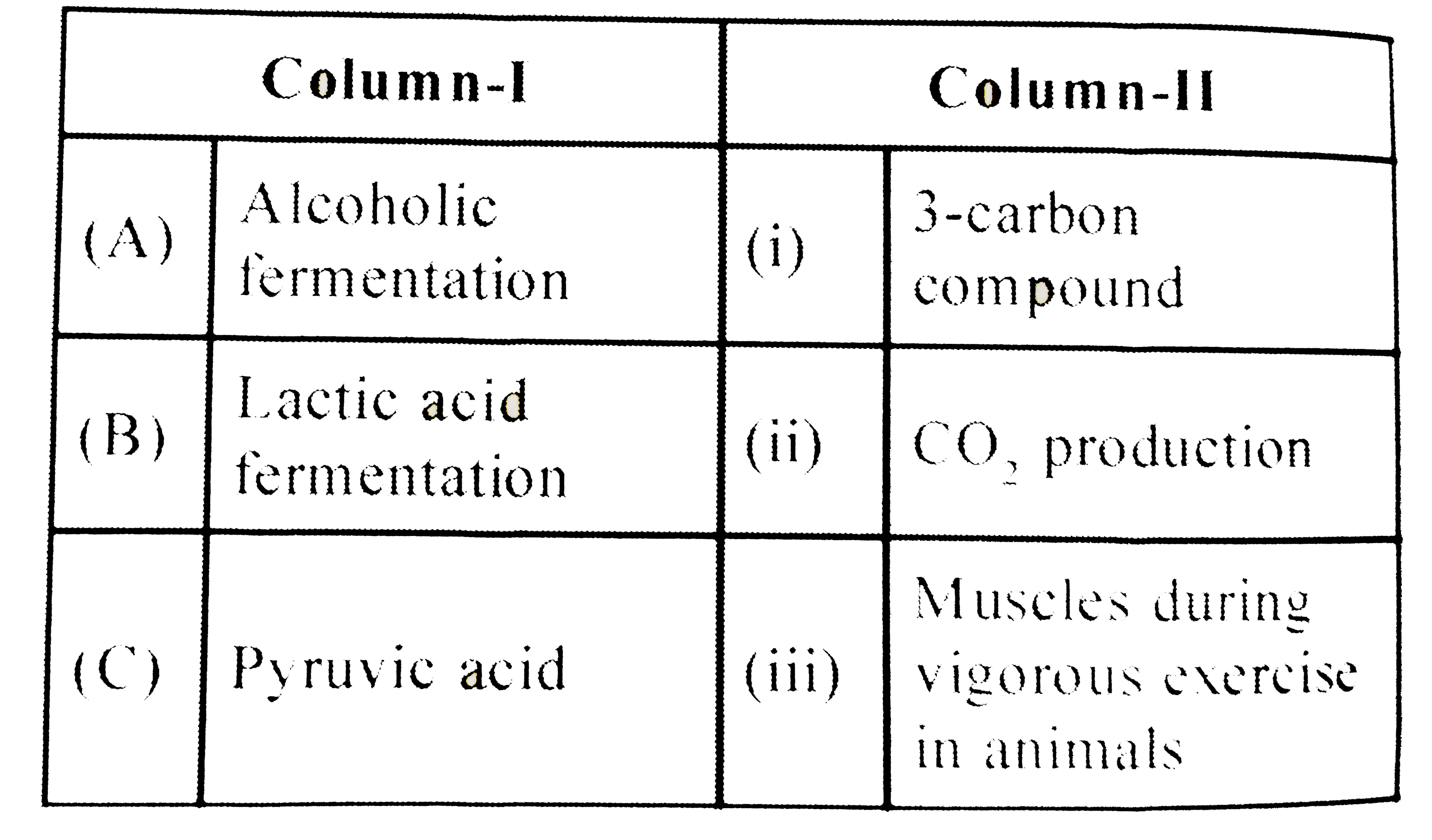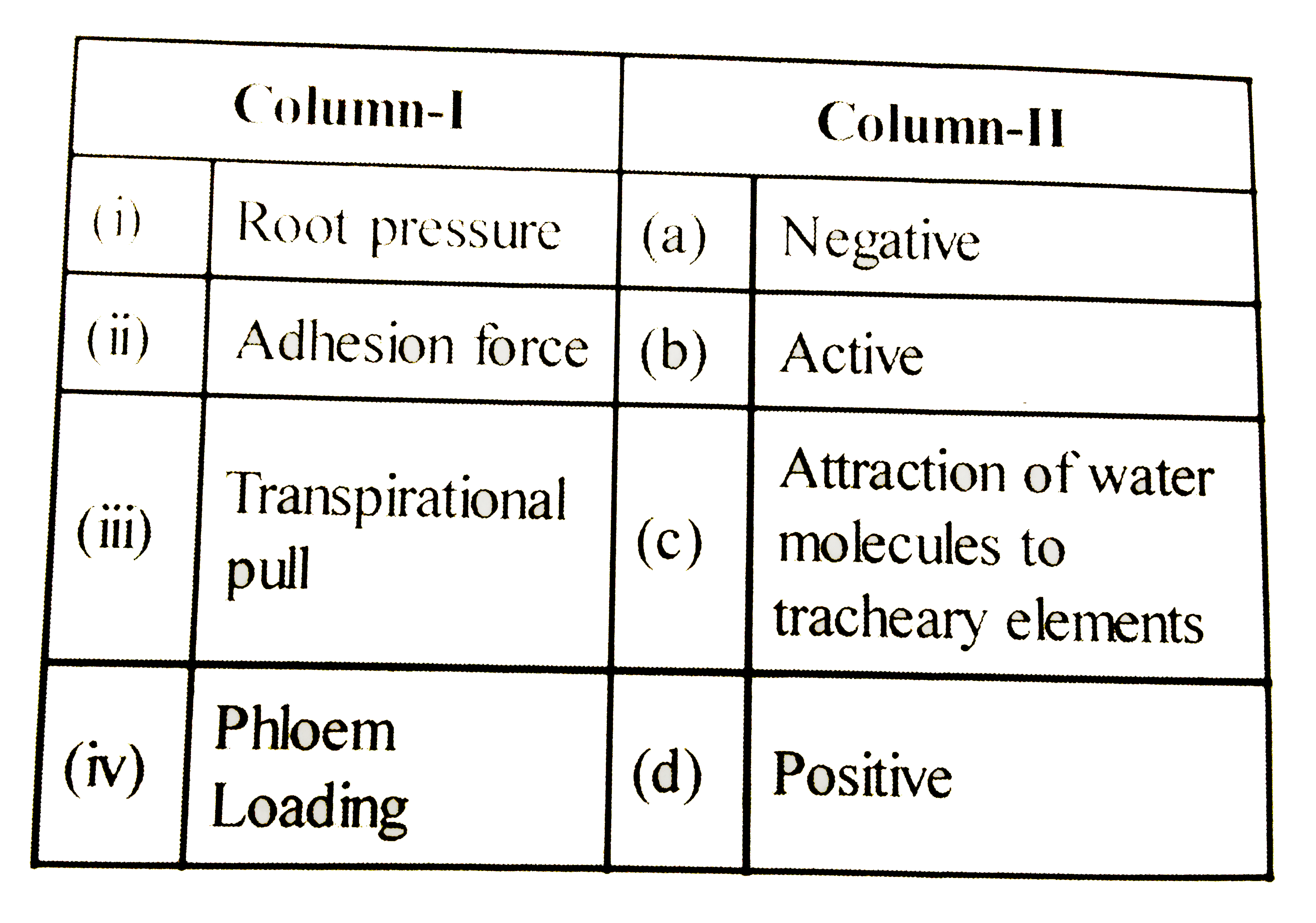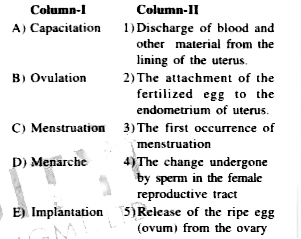Match column-A with column and select the correct option. a.IgG(Column-A) (i) Secretory antibody(Column-B) b. IgA(Column-A) (ii) Largest in size(Column-B) c.IgM(Column-A)(iii) Passes through placenta(Column-B) d. IgE(Column-A) (iv) Allergic response(Column-B)
a(i), b(ii), c(ii), d(iv)
a(ii) b(i), c(ii), d(iv)
a(iv), b(iii), c(ii), d(i)
a(i), b(ii), c(i), d(iv)
To match the items in Column-A with those in Column-B, we will analyze each immunoglobulin (Ig) type and its corresponding function or characteristic.
1. Identify IgG:
- IgG is known for its ability to pass through the placenta, providing passive immunity to the fetus.
- Match: IgG (A) → Passes through placenta (iii)
2. Identify IgA:
- IgA is primarily found in mucosal areas and is known as the secretory antibody, playing a crucial role in mucosal immunity (found in saliva, tears, and breast milk).
- Match: IgA (B) → Secretory antibody (i)
3. Identify IgM:
- IgM is the largest antibody in size and is the first antibody produced in response to an infection.
- Match: IgM (C) → Largest in size (ii)
4. Identify IgE:
- IgE is associated with allergic reactions and responses, such as those seen in allergies and asthma.
- Match: IgE (D) → Allergic response (iv)
Final Matches:
- A (IgG) → iii (Passes through placenta)
- B (IgA) → i (Secretory antibody)
- C (IgM) → ii (Largest in size)
- D (IgE) → iv (Allergic response)
Summary of Matches:
- A - iii
- B - i
- C - ii
- D - iv
Correct Option:
The correct option based on the matches is the second option.
---
- IgG is known for its ability to pass through the placenta, providing passive immunity to the fetus.
- Match: IgG (A) → Passes through placenta (iii)
- IgA is primarily found in mucosal areas and is known as the secretory antibody, playing a crucial role in mucosal immunity (found in saliva, tears, and breast milk).
- Match: IgA (B) → Secretory antibody (i)
- IgM is the largest antibody in size and is the first antibody produced in response to an infection.
- Match: IgM (C) → Largest in size (ii)
- IgE is associated with allergic reactions and responses, such as those seen in allergies and asthma.
- Match: IgE (D) → Allergic response (iv)
- A (IgG) → iii (Passes through placenta)
- B (IgA) → i (Secretory antibody)
- C (IgM) → ii (Largest in size)
- D (IgE) → iv (Allergic response)
- A - iii
- B - i
- C - ii
- D - iv
The correct option based on the matches is the second option.
Topper's Solved these Questions
Similar Questions
Match column I with column II and select the correct option.

View SolutionMatch column I with column II and select the correct option.

View SolutionMatch column A with column B.

View SolutionMatch column -I with column-II and select the correct option :-

View SolutionMatch the column-I with column-II and select the correct option :

View SolutionMatch the column I with column II and select the correct option

View SolutionMatch the column-I with column -II and select the correct option :

View SolutionMatch Column A with Column B.

View SolutionMatch the column A with column B

View SolutionMatch the terms column-I with column-II and select the correct option

View Solution
